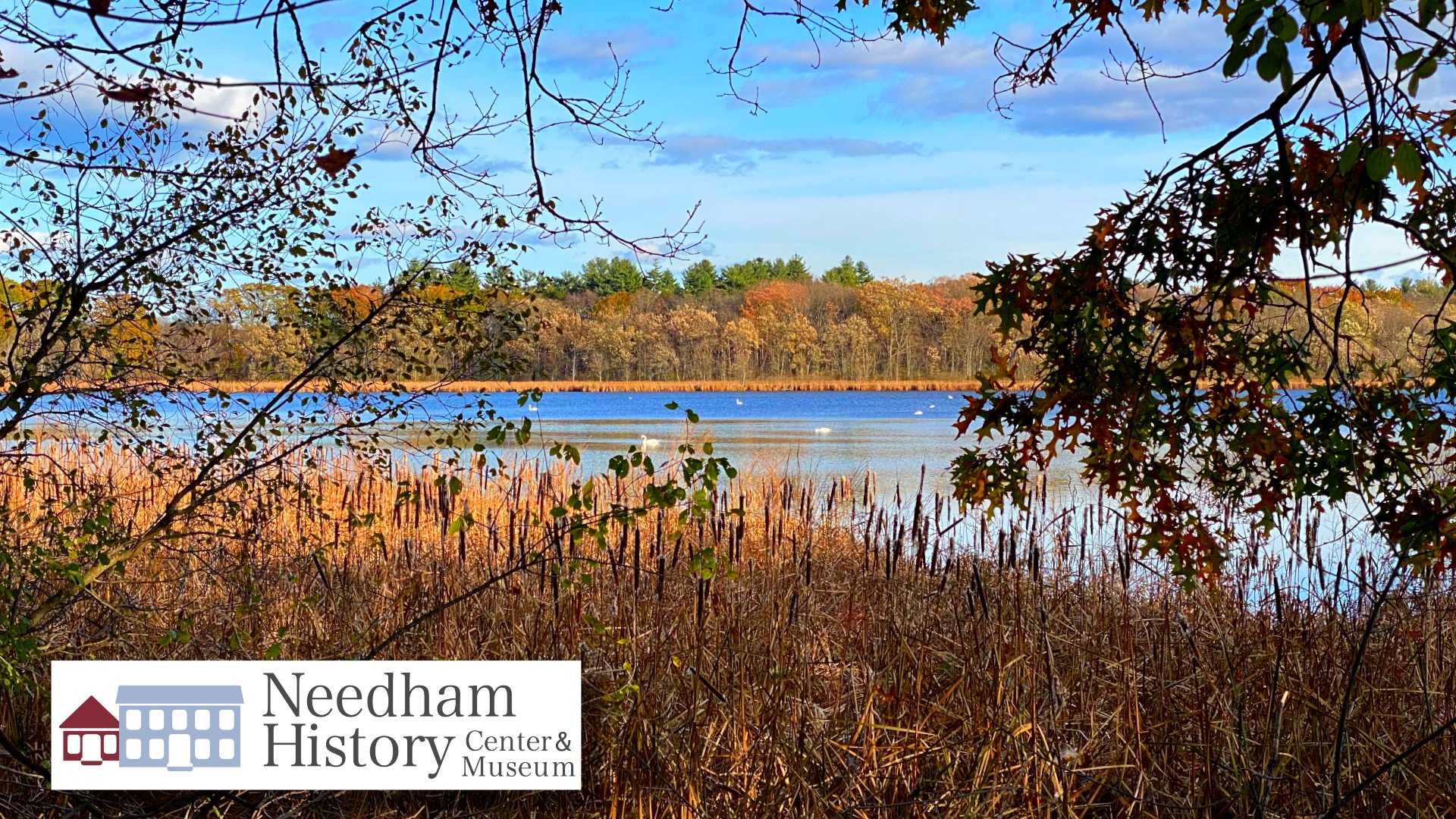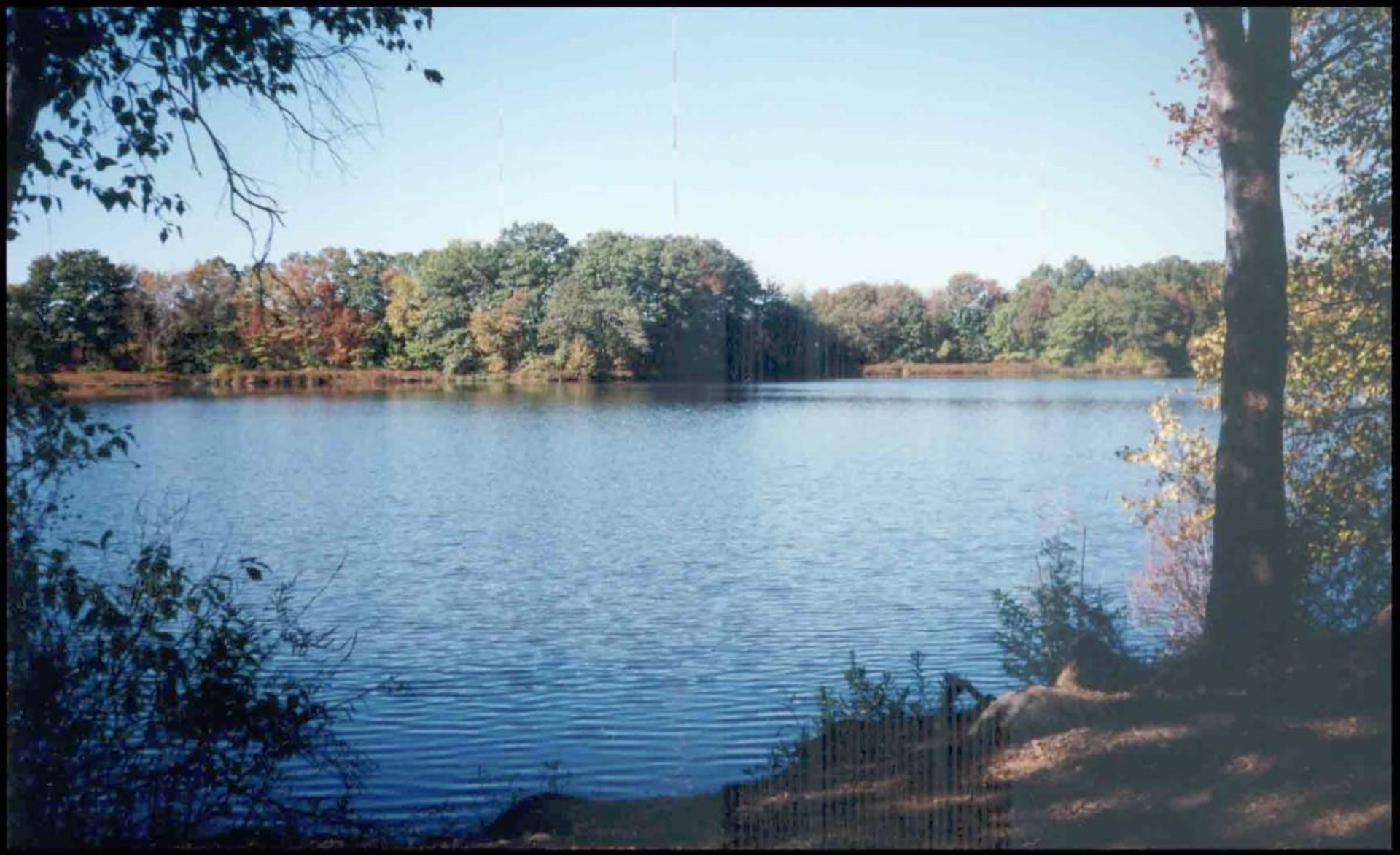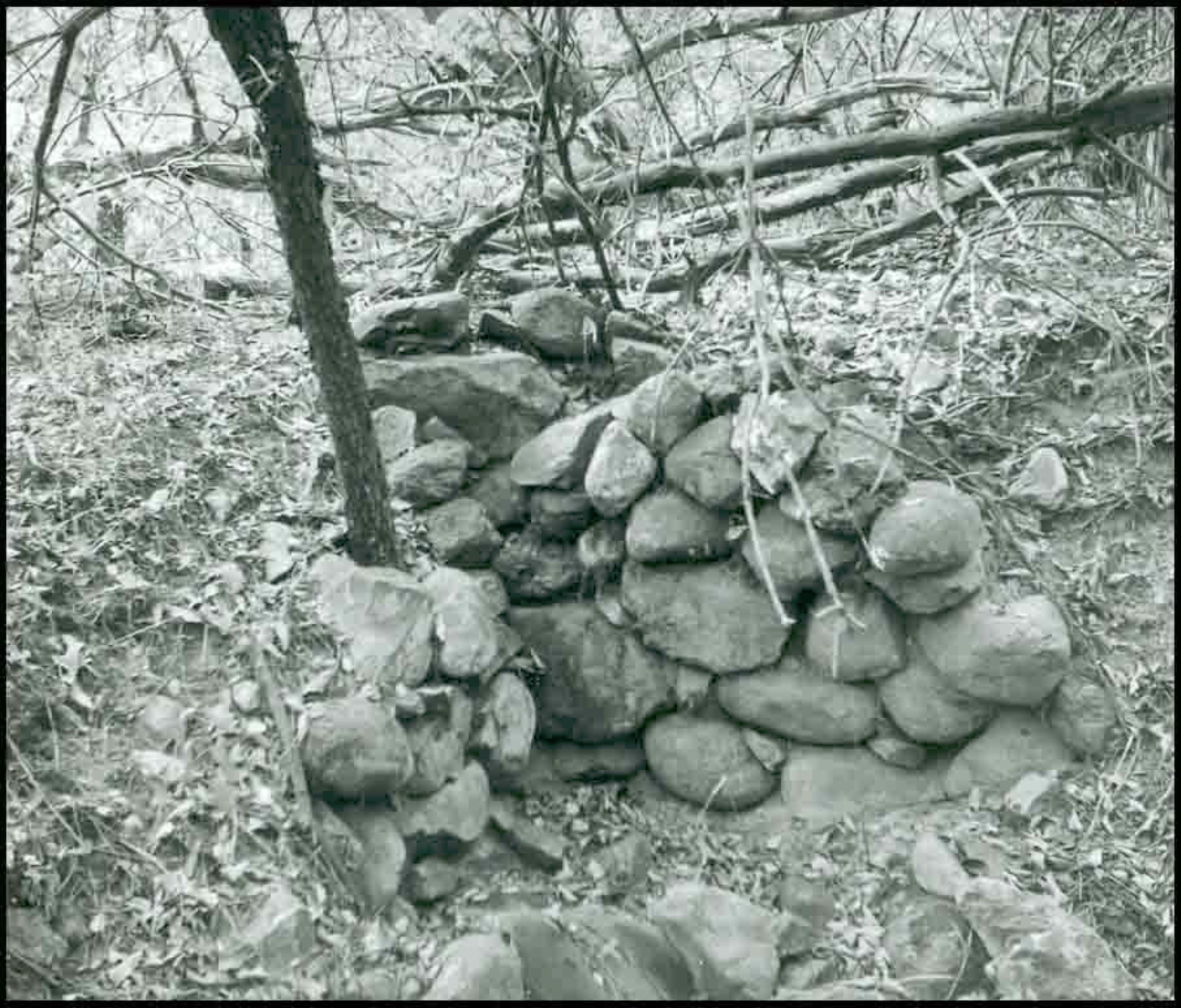
Needham History: Cutler Park
A refuge and respite for birds, wildlife, and humans.
 A view of Kendrick Pond, the large lake in Cutler Park
A view of Kendrick Pond, the large lake in Cutler Park
Cutler Park
It’s unusual for a town just ten miles from Boston to have a beautiful nature preserve and recreational reservation area consisting of 772 acres, especially one within a stone’s throw of a major highway. Most of its area is in Needham, but the small southern end is in Dedham, with just a strip of land on the Newton side of the Charles River. Nevertheless, it does not belong to any of those towns. This is how Cutler Park came to be one of the treasures of Needham.
In 1636, when the General Court granted the Dedham Plantation, the area we now call Needham was simply a small area, known to Dedham record keepers as “north of the Charles River.” The first hundred years of our history are therefore Dedham’s history, and it is not always easy to separate events north of the river with the affairs of Dedham proper.
We do know, however, that many Dedham men had been crossing the river in canoes to plant and harvest grain in what was called the “Greate Playne” Other planters cut a muddy cart path through the Broad Meadows. That path was called “The Causeway” – now that part of Great Plain Avenue that lies east of Route 128.
Samuel Mills of Dedham and his son Benjamin were among the first to settle in what is now Needham. Samuel built his house circa 1678. It must have been very sturdy, because over the years it stood strong, even though, as grandson William Mills recorded in his account book in 1750 “their was a most terible: and distrefing storme of Raine and wind which Blew down buildings Chimbles and barns.” Then, in November 1755 “at 2 of the Clok at nigt their was a Concirabel earth quake… it Caime from the so’weft and we are in formd that it was tererible at Lisbon.” This event is still described as the Great Lisbon Earthquake of November 1, 1755. It is estimated to have measured between 8.5 and 9.0 on the Richter Scale, and caused destruction throughout Portugal, Spain and north Africa. The earthquake felt in Dedham was just two weeks later, on November 15th. This earthquake was estimated to measure around 6.0 on the Richter Scale and occurred off of Cape Ann. This is the most powerful earthquake to hit Massachusetts, and it caused significant damage as far away as Springfield and New Haven.
Despite the storms and hard winters, the house remained in the Mills family until 1801. Later, after many property conveyances and quit claims by both the Mills family and others from Dedham, the house was sold to John Scolley of Boston. Three years later, in 1841, it burned to the ground, but parts of the cellar hole are still visible. When Route 128 was built it came very close to obliterating those remains, but instead served to protect and isolate almost all of the major sites from development.
As time went on the population grew, mostly with Dedham residents. As was the case with many similar towns, the inhabitants grew tired of the difficulties of having their meeting house and schools so far away from their homes, and forty men submitted “A Dedham Farmers’ Petition to Become a Town” to the General Court. It was approved, and on November 6, 1711, the town of Needham was incorporated.
A remnant of the foundation and cellar hole of the Samuel Mills house (c. 1678). Photographed in Fall, 1989. 
In 1876 and again in 1879 the Town of Newton was short of water. They went to the General Court. The Court (obviously without consulting Needham), allowed Newton to obtain 754 acres of the Broad Meadows and Western Uplands for use as Newton’s water supply. At the same time Brookline, also short of water, was allowed to take 62.8 acres in the Broad Meadows. In compensation, the two towns were required to pay Needham an annual sum equivalent to the tax value of the land. The two towns stopped using that land in 1955 when the Metropolitan District Commission (precursor to the MWRA and the DCR) began supplying their water. Since they no longer needed the land, Newton tried to sell it to the highest bidder. Needless to say, the people of Needham objected strongly to buying back their own land. A nasty dispute was avoided when it was discovered that by law the MDC had first refusal rights.
After taking control in the late 1950s, the MDC had extravagant ideas for the land, including picnic areas, athletic fields, a swimming beach, boating facilities, a day camp, and a 27-hole golf course. Luckily for Needham, a drop in available appropriations occurred, and the MDC was forced to decide (and the town wholeheartedly agreed) that it was best to keep the area in a natural state and encourage its wild life.
Leslie Bradley Cutler made her life a career in public service. Already active in many Needham Community Services, she became a member of Needham’s Board of Health and the first female member of the Needham Board of Selectmen. In 1938 she was elected Representative to Massachusetts’ General Court, and, ten years later, she was the first woman in the state to be elected to the Massachusetts Senate. In 1959 President Dwight D. Eisenhower appointed her to the Advisory Committee on Intergovernmental Relations. In 1962 the Massachusetts General Court named the land as the Senator Leslie B. Cutler Park in her honor.
Today the park is managed by the Department of Conservation and Recreation (DCR). One of the most popular trails is a lovely 1.5-mile trail around Kendrick Pond, considered perfect for kids and dog walking. It’s not paved, but is packed solidly enough to navigate with a sturdy stroller. Warm weather mountain bikers and winter cross-country skiers are attracted to the longer trails. You’re likely to spot white-tailed deer, seen often in the area. Throughout the park are hiking trails, where you will still find traces of the park’s early origins and use – wells, stone house foundations, remnants of the Newton water works, wooden water pipes, and some boardwalks. (Don’t worry – they are walked and inspected each spring.)
Because of the cattail marsh, the evergreen/deciduous forest and the freshwater pond, the park provides a habitat for wintering and migrating birds, along with red-winged blackbirds, mallards, and Canada geese. Although there is no stocking of fish, keep an eye out for great blue herons, hawks, and even swans in the Kendrick Pond area. If you prefer water sports to hiking, there is a canoe and kayak rental and car-top boat landing on Kendrick Street.
There are no fires, hunting, or trapping allowed anywhere in the reservation. If you go fishing there is one caveat. Due to the presence of PCBs and pesticides a public health fish consumption advisory has been issued for Cutler Park. You can catch them, but please don’t eat them.
[The primary entrance to Cutler Park is at 84 Kendrick Street, Needham; there is a parking lot at that location. Another entrance is on Highland Avenue in Needham, with a small parking lot on the right just before the bridge to Newton.]
An old Newton water supply pump house in Cutler Park 
 |
Polly Attridge is the Archivist at the Needham History Center & Museum. For more information, please see their website at www.needhamhistory.org. |

